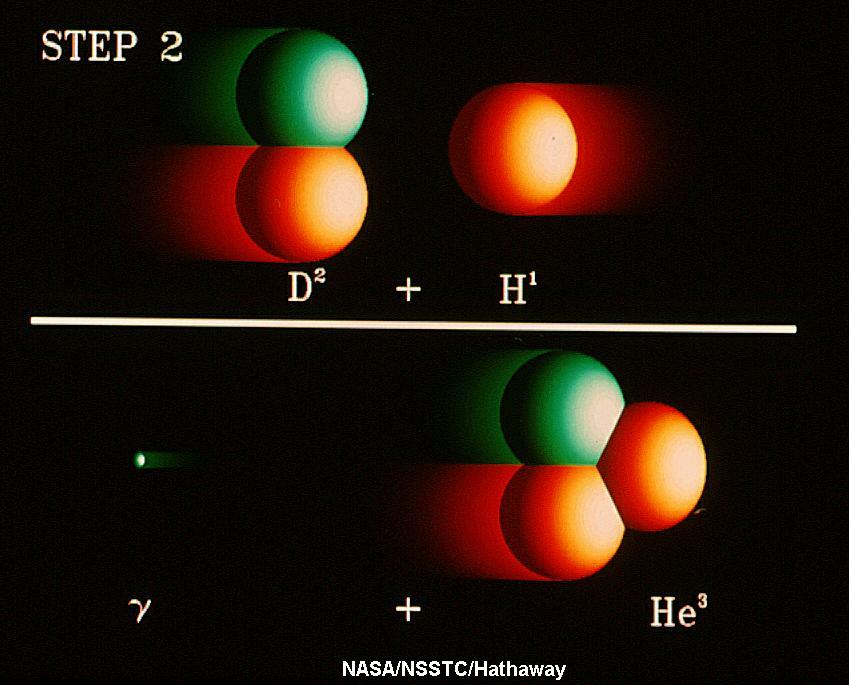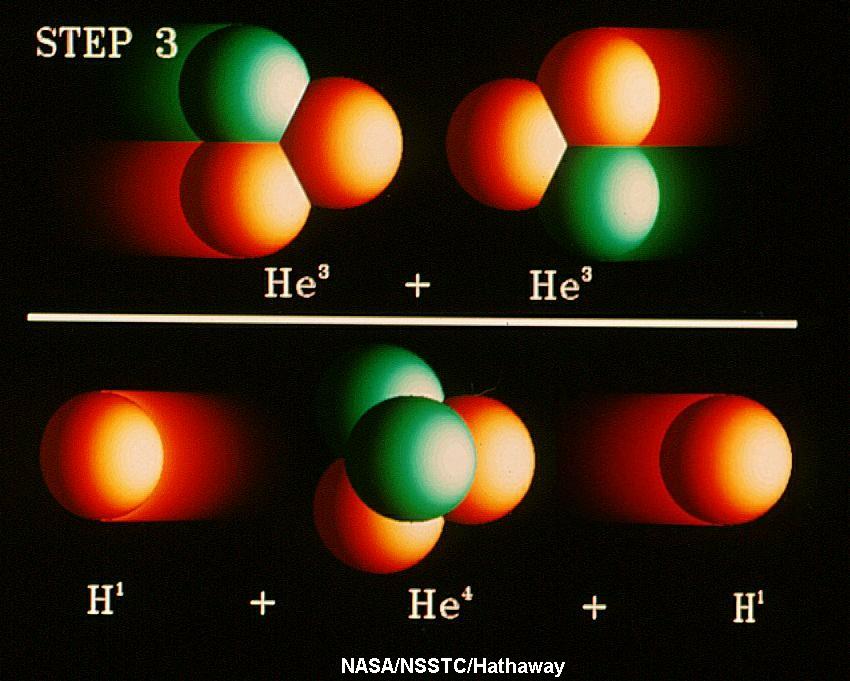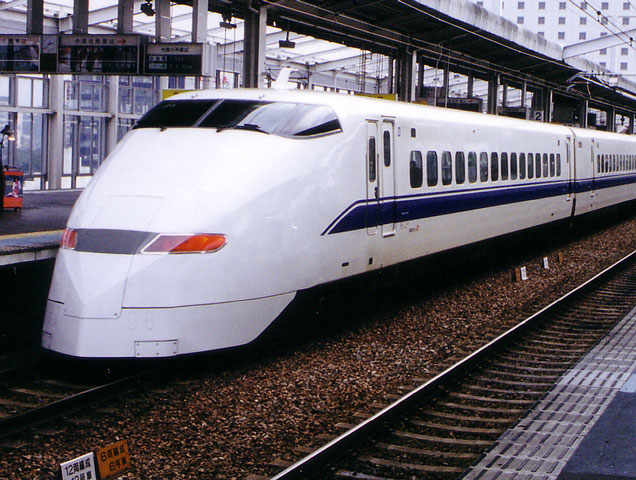 |
 |
 |
It is reasonably certain that the Sun (as do all other Main Sequence stars) generates energy via the fusion of hydrogen into helium in its core. By so doing, it has been able to maintain thermal equilibrium for the lifetime of the Solar System and will continue to do so for the next 5.4 billion years or so. Here, we will discuss the manner in which the Sun fuses hydrogen into helium and some other points about nuclear fusion in general.
 |
 |
 |
The neutrinos are particularly valuable as probes of the nuclear energy generation process of the Sun. Recall that photons (energy) must diffuse outward from the center of the Sun in order to reach the surface of the Sun. This slow diffusion takes on the order of 50,000-170,000 years. This means that after energy is generated in the core of the Sun, it takes 50,000-170,000 years to reach the surface of the Sun (and thus be observable by us).
Consequently, if the Sun shut down nuclear reactions in its core today, we would not know for tens of thousands of years. Neutrinos, on the other hand, being ghost-like in characrter escape freely from the center of the Sun and reach us 8.3 minutes after they are produced. Neutrinos show us the state of the Solar interior as it was 8.3 minutes ago. They are a much more valuable probe of the Solar interior than are photons.
